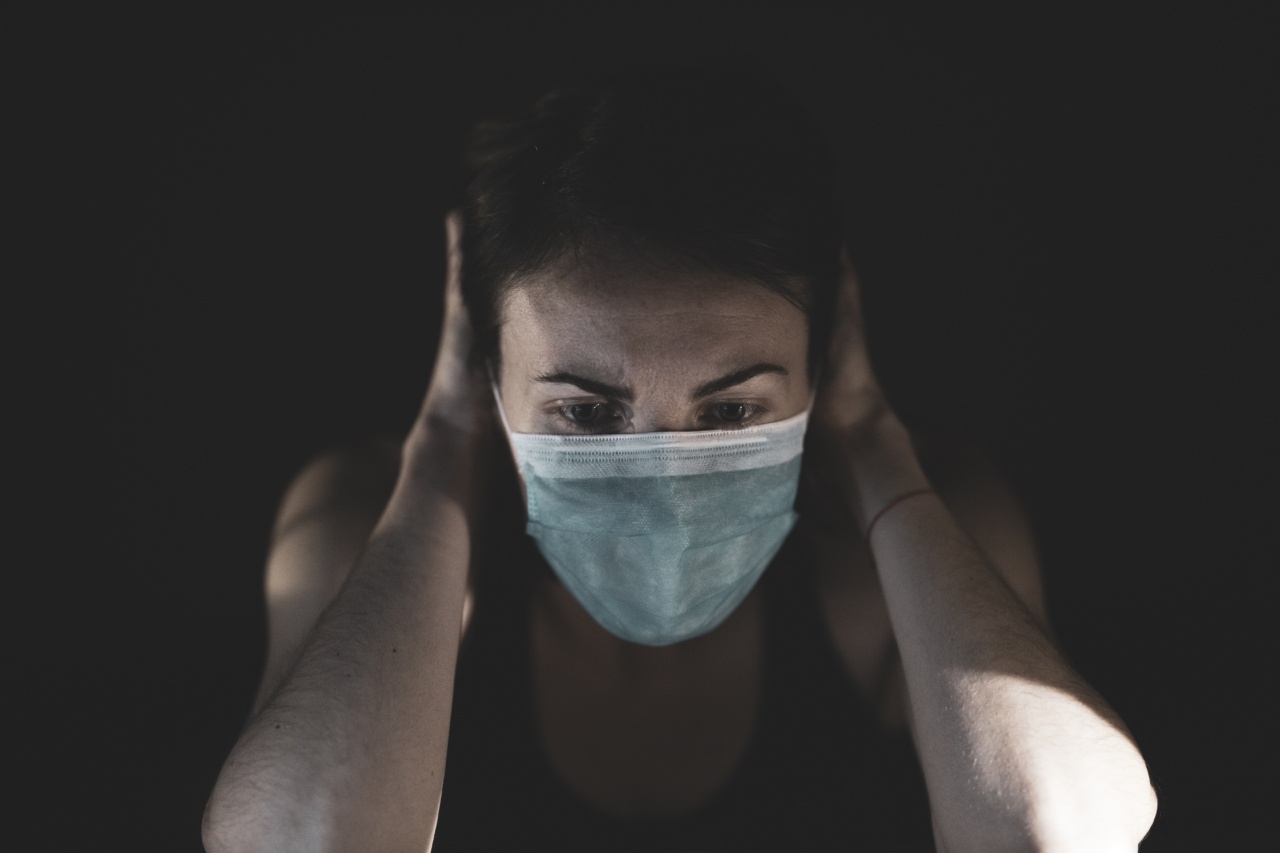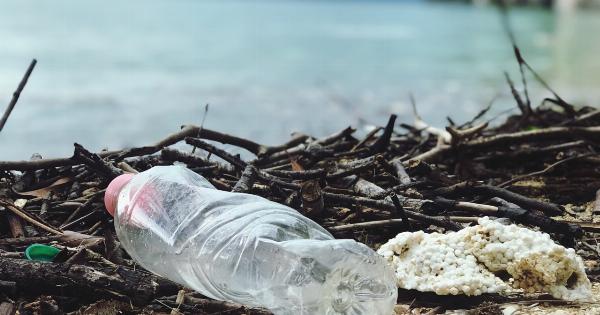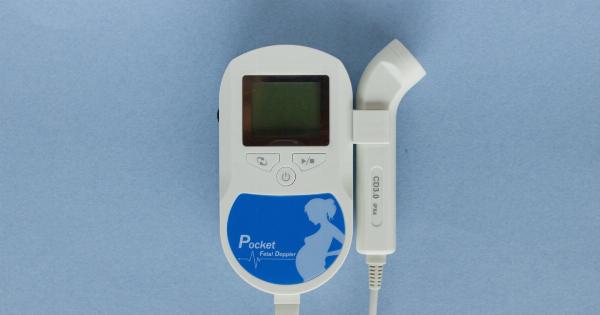Plastic pollution is a global crisis that has detrimental effects on the environment and human health. It is estimated that over 8 million tons of plastic waste enter our oceans each year, causing widespread pollution and endangering marine life.
However, recent research has revealed an alarming discovery – microplastics have been found on women’s placenta, posing potential risks to fetal development and reproductive health.
The rise of microplastics
Microplastics are tiny plastic particles measuring five millimeters or less.
They can be found in various forms, including microbeads used in personal care products, microfibers from synthetic clothing, and fragments from the breakdown of larger plastic items. These particles are so small that they can easily enter the air, water, and food chain, ultimately reaching even the most remote regions of the planet.
The study that exposed the shocking reality
A recent study conducted by a group of researchers from prominent institutions has brought to light the presence of microplastics in the human placenta.
The study examined the placentas of six women who had undergone a natural birth and were living in an urban environment. Shockingly, microplastics were identified in four out of the six placentas analyzed.
Potential risks to fetal development
The discovery of microplastics on women’s placenta raises significant concerns about their potential impact on fetal development.
These particles have been found to contain various toxic chemicals, including phthalates, bisphenols, and flame retardants. When microplastics enter the placenta, these chemicals can be transferred to the developing fetus, potentially leading to adverse health effects.
Reproductive health implications
Besides their impact on fetal development, microplastics also pose potential risks to women’s reproductive health.
Studies have shown that exposure to plastic particles can disrupt hormonal balance and interfere with the normal functioning of the reproductive system. This disruption can lead to fertility problems, menstrual irregularities, and other reproductive disorders.
The need for further research
While the recent study provides crucial insights into the presence of microplastics on women’s placenta, further research is needed to fully understand the potential risks and mechanisms of harm associated with this contamination.
Scientists are now calling for larger-scale studies involving diverse populations to assess the prevalence and impact of microplastics in relation to pregnancy outcomes and long-term health effects.
Reducing microplastic contamination
Addressing the issue of microplastic contamination requires collaborative efforts from governments, industries, and individuals. Key steps to reduce microplastic pollution include:.
1. Phasing out single-use plastics: Governments should implement strict regulations and encourage the use of sustainable alternatives to single-use plastics, such as reusable bags and bottles.
2. Raising awareness: Education campaigns targeting the public should emphasize the detrimental effects of plastic pollution and promote responsible consumption and waste management practices.
3. Filtering wastewater: Industries and municipal wastewater treatment plants should adopt advanced filtration systems to minimize the release of microplastics into water bodies.
4. Choosing natural fibers: Individuals can reduce microfiber pollution by opting for clothing made from natural fibers like cotton or hemp instead of synthetic materials.
The urgency of action
The presence of microplastics on women’s placenta highlights the urgent need to address the plastic pollution crisis in a comprehensive manner.
Immediate action must be taken to prevent further contamination and protect the health of future generations. The scientific community, policymakers, and individuals all have a role to play in reducing plastic waste and transitioning towards a more sustainable and plastic-free future.






























